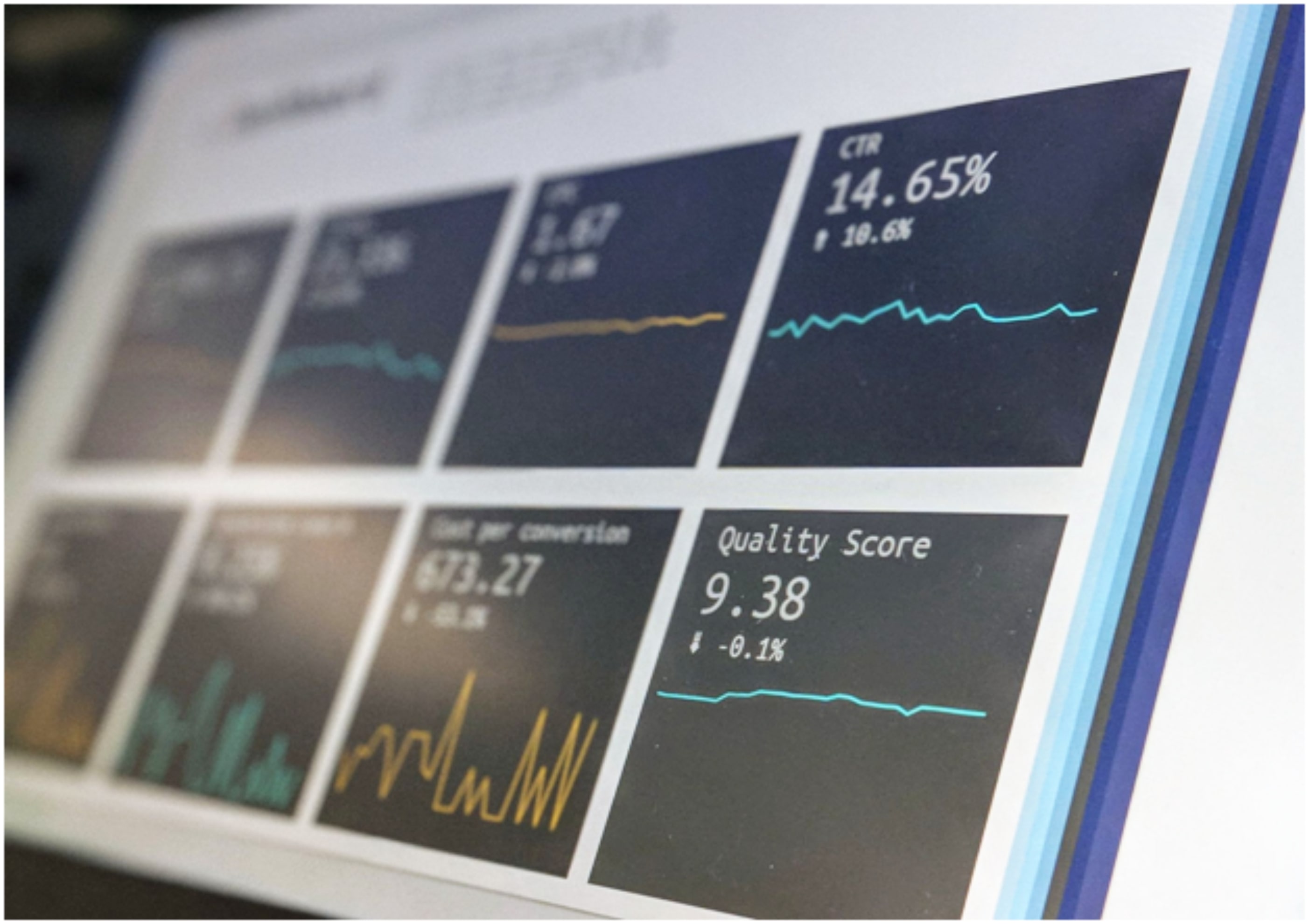TRACK AND IMPROVE THE QUALITY OF TEACHING

Tracking and improving the quality of teaching is a vital aspect of educational institutions' commitment to providing effective and impactful learning experiences. Here are some approaches and strategies to achieve this goal:
-
Teacher Evaluation: Implement a comprehensive teacher evaluation system that incorporates multiple assessment methods. This can include classroom observations, student feedback surveys, self-assessments, peer evaluations, and portfolio reviews. These evaluations should focus on instructional practices, content knowledge, classroom management, student engagement, and professional growth.
-
Professional Development: Offer continuous professional development opportunities for teachers to enhance their skills and stay updated with the latest teaching methodologies and research. Provide workshops, seminars, online courses, and conferences that address specific areas for improvement identified through evaluations. Encourage teachers to share best practices, collaborate with colleagues, and engage in reflective practices.
-
Mentoring and Coaching: Establish mentoring and coaching programs where experienced educators provide guidance and support to new or struggling teachers. Mentors can offer feedback, model effective teaching techniques, and provide constructive suggestions for improvement. Regular coaching sessions can focus on specific areas of growth and help teachers refine their instructional strategies.
-
Peer Collaboration and Learning Communities: Foster a culture of collaboration among teachers by creating opportunities for peer observation, co-teaching, and lesson study groups. Encourage teachers to share innovative ideas, lesson plans, and resources with their colleagues. Learning communities provide a platform for teachers to engage in reflective dialogue, discuss challenges, and collectively develop solutions.
-
Student Feedback: Solicit feedback from students to gain insights into the teaching and learning experience. Anonymous surveys, focus groups, or individual discussions can help identify areas where teaching effectiveness can be improved. Analyze this feedback to identify trends and patterns and use it as a basis for professional development plans.
-
Use of Data and Analytics: Utilize data analytics to assess the impact of teaching practices on student outcomes. Analyze student performance data, engagement levels, and assessment results to identify areas of strength and areas that require improvement. This data can inform instructional decisions, curriculum adjustments, and professional development initiatives.
-
Peer Review and Collaborative Learning: Encourage teachers to engage in peer review processes where they observe and provide feedback to one another. Establish a culture of continuous improvement and professional growth through collaborative learning opportunities such as professional learning communities or action research projects.
-
Supportive Leadership: Cultivate a supportive leadership environment that values and prioritizes the professional growth of teachers. Provide opportunities for instructional leaders to engage with teachers regularly, provide constructive feedback, and recognize and celebrate effective teaching practices. Foster a culture where teachers feel comfortable seeking help and support when needed.
By implementing these strategies, educational institutions can effectively track and improve the quality of teaching, ultimately enhancing student learning outcomes and creating a positive and engaging educational environment.


